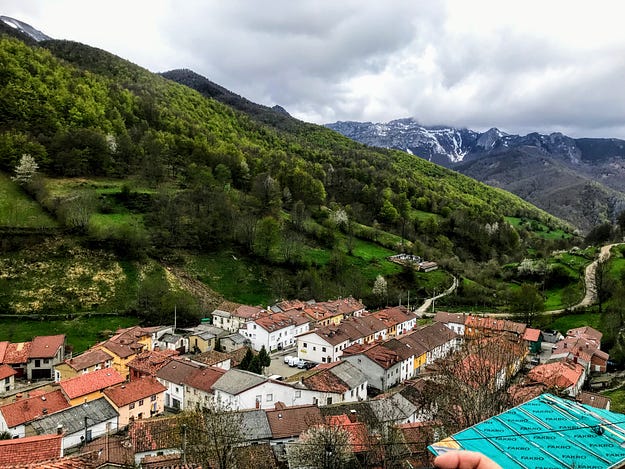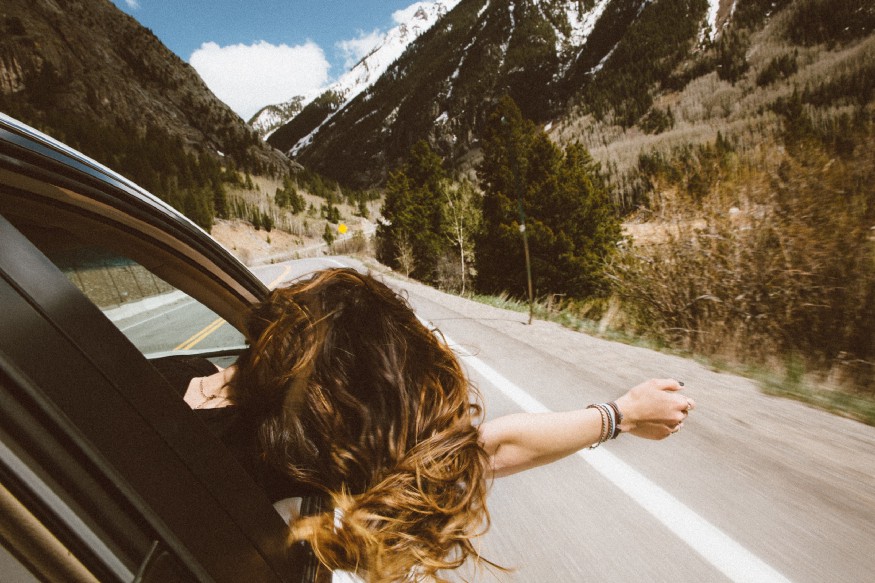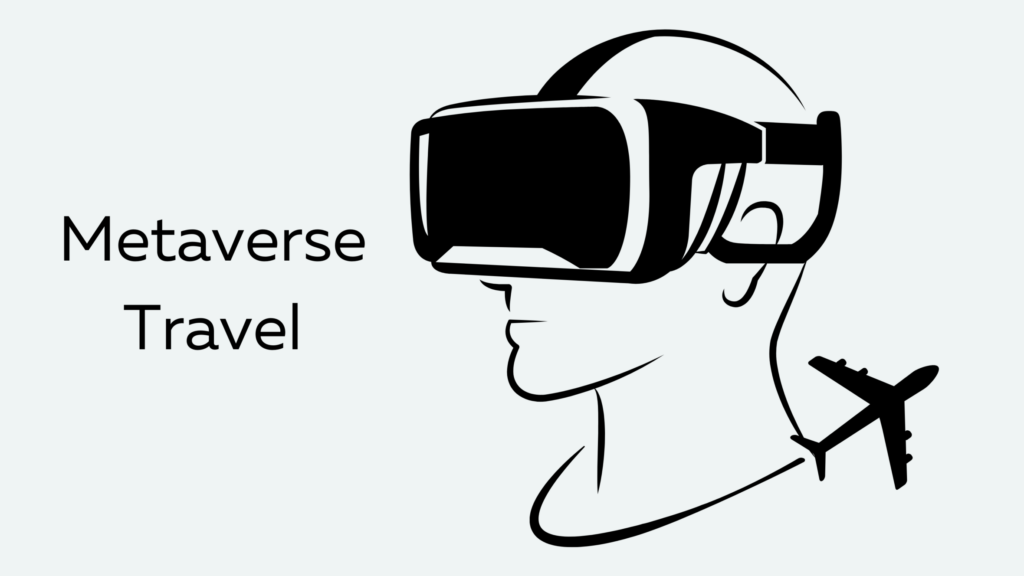It was a trip that will last for generations.
Several years ago, I started my genealogy research. I come from an immigrant family, and much of our roots is lost. I had no paper trail or database to trace my story. Despite those challenges, I was determined. This journey would lead to a family heritage trip that would change my life. AARP referenced my trip, along with AFAR. Today, I want to tell the whole story.
As a Cuban American, I face an uphill climb with family research. My paternal and maternal grandparents left the island with their infant children to escape the Revolution. They left a lot of paperwork, relationships, and history behind them.
It’s very hard to do family research in Cuba from abroad. You have to physically go there. You visit a local cathedral and flip through a paper trail of records. Whatever you can get is what you get. You have to plan another trip for more. Or you could hire someone to do it from a word-of-mouth contact.
I had to do something different.
I had little information so it didn’t make sense to invest in a trip or contact. I knew my paternal and maternal grandparents had a parent or grandparent who came from Spain.
Spain would offer an easier source of information and clues about my family. I thought if I could skip Cuba, establish the Spain connection, I would be able to work backward and fill in the gap.
My search ran dry. I realized I wouldn’t be able to find anything new with the resources I had. I had to do something different.
It was my college graduation at the time. My parents asked me what I wanted for a gift. I asked for a DNA kit. Now that I was beginning to establish myself as an adult, I wanted to know my history and what brought me here. A week later, it came in the mail. I spit in the tube, sent it off, and didn’t think much about it afterward.
One day, I connected with a relative that matched my DNA. We tried to establish our connection but we couldn’t figure it out. It died out for about a year until she contacted me again in 2017. She forgot we had already communicated before. She told me she was from Spain. She retired in Florida, the same state I live in.
I gave her all my family names, oral traditions, and stories. A few weeks later she gets back to me. She said: “John, I know your family.”
When I read that, everything stopped. I had almost given up on finding new leads. Finally, there was something concrete.
She was from a small village in Asturias, near Gijón, called Tarna. It’s a town of about 100 people, though most of them live in the city now and only a dozen or so live there full time.
She recognized one of my surnames, along with a couple of generations of family members. The town was so small that all the children grew up with each other like family.
In that town, there were two sisters. They remembered growing up with their late father when he would ask, “I wonder whatever happened to my uncle Segundo.”
Segundo was my great-grandfather. The ancestor I recognized in a vintage photograph with my grandmother and the rest of his family.
Segundo left Tarna at 15 years old. He left from the port of Gijón, and according to tradition, he was a stowaway and undocumented. He wanted a better life. At that time, Cuba was a place for new opportunities.

He communicated with his family a couple of times after he arrived. They stopped hearing from him and the connection severed and died. On our side of the Atlantic, none of us knew about it.
I hurried to tell the news to my family. We were excited, but we were nervous because we didn’t know this new family. My mom was about to meet her 2nd cousins for the first time.
We contacted each other on WhatsApp. The sisters were very friendly and they quickly felt like family to us. But there was still a hunger. We didn’t really know them.
The Road Trip
I recently married the previous October. I knew I wanted to experience something that would mark our lives. We decided that we would meet our discovered family and experience the town where my great grandfather grew up.
My parents and sisters were interested in the experience as well. So together we planned a makeshift trip to Northern Spain.
We drove for hours from our starting point in Madrid, enjoying the scenery and countryside. We passed mountains that were beautiful and lusciously green. Then we entered the city.
We met the two sisters in Gijón, their current residence. They arrived at our hotel lobby. When my mother saw them she wept. They embraced.
She has a small family and tragically lost her parents a few months apart in 2005. Hugging them felt like she got to know a new piece of her mother.
We rented a big van which proved to be a challenge when we had to drive through the narrow ancient streets of Europe. But it was perfect for this occasion.
The two sisters and my family entered the van and we drove towards Tarna. It would take about an hour and a half to get to the small valley wedged between the mountains.

When we arrived, it felt like visiting a small traditional European town on a movie set. You could see all the houses in one view if you stood in the right spot. At the center, was a small church and a cemetery. I would later learn that Segundo was baptized there and that his parents were buried in the cemetery.
As we walked around the town, the very few people there waved at us. One family was renovating their house because their son and new wife were going to make it their first home. They welcomed us inside to see the progress. When we explained who we were, they recognized the family that Segundo left so many years before.
Since Tarna was such a small town, I wondered if the people I passed were related to me in some way.
We saw the house where my great-grandfather lived, now abandoned. The Spanish Civil War destroyed much of Tarna. His house is one of the only original structures that exist in the village today. I touched the wall, feeling as if I traveled in time and entered a place in my story for the first time.

I couldn’t believe that around 100 years ago, my great grandfather left Spain on a boat for a better opportunity in Cuba. A few decades later, his daughter would leave with my mother to escape political oppression in Cuba.
Today, I am in South Florida able to understand and appreciate my family history- a transatlantic immigration story full of sacrifices made for a better life.

In Gijón, there is a statue. The name translates to the Emigrants’ Mother. My great-grandfather left during a major wave of emigration. This statue honored the grieving mothers that had to see their children go. Many of whom would never see them again.
As I watched the suffering in her eyes, I tried to imagine her pain. I then noticed her hand, reaching out, far away facing the direction of the New World.
I thought of the other side. How not far off on the opposite end of the ocean was another statue of a woman that promised liberty to all who come weary, tired, and burdened.
When Segundo left Spain, he would start our journey. One day, my grandparents on both sides of the family would continue the story as they arrived at their new home and admired the promise of the Statue of Liberty.
My trip expanded my family history. It brought me to the other side of the ocean on a fun road trip. When I returned, it empowered me to continue the legacy placed forth by my ancestors.
My family research and journey have only begun.
This door opened new doors.
Because of the connection, we have yet to meet family in Spain, DC, and FL. Family research is a patient and never-ending hobby filled with surprises.
If you are considering going on a heritage trip, do it. It will not only change your life, but it will change your family. It’s a trip that will last generations.
This story was originally published on The Ascent in Medium, July 20th, 2020.
I would like to thank Ancestry for this discovery. If it weren’t for the Ancestry DNA Kit, this would have been lost.
Liked this family history and cultural story? Check out my article on how to make the perfect Cuban espresso.

